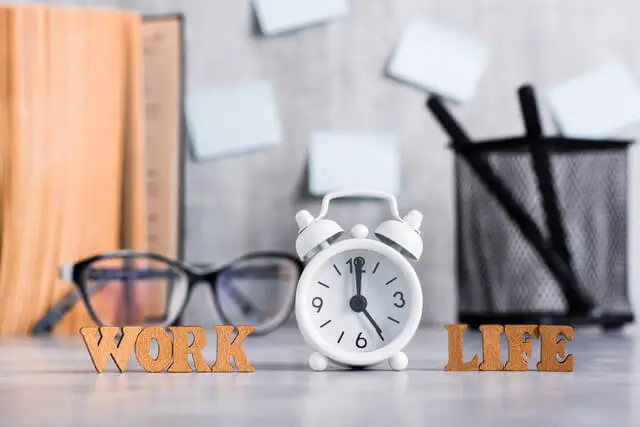The 7 Types of Rest to Feel Fully Renewed

The 7 Types of Rest
Ever had those moments where you drag yourself out of bed, and despite getting some sleep, you still feel utterly drained? Yeah, we’ve all been there. Turns out, not all rest is created equal. There are actually seven different types of rest! Surprise, surprise! Just when you think you’ve got life all figured out, it throws you a curveball.
But hey, how do you even know if you’re getting each type of rest, right? Let’s break it down for you.
1. Physical Rest:
When we talk about physical rest, we’re referring to giving your body the downtime it needs to recover. Whether it’s through sleep, relaxation, or even just taking a breather, physical rest is crucial for rejuvenating your body.
Tips for Physical Rest:
– Prioritize sleep by establishing a consistent bedtime routine.
– Take short breaks throughout the day to stretch and relax your muscles.
– Listen to your body and give it the rest it deserves when it’s feeling fatigued.
2. Mental Rest:
Mental rest is all about giving your mind a break from constant stimulation and cognitive tasks. It’s essential for reducing stress and improving cognitive function.
Tips for Mental Rest:
– Practice mindfulness or meditation to quiet your mind.
– Engage in activities that promote relaxation, such as reading a book or listening to calming music.
– Limit exposure to screens and digital devices, especially before bedtime.
3. Creative Rest:
Creative rest involves stepping away from problem-solving and allowing your mind to wander freely. It’s essential for nurturing creativity and innovation.
Tips for Creative Rest:
– Take walks in nature to stimulate creative thinking.
– Engage in hobbies or activities that inspire you and ignite your imagination.
– Set aside dedicated time for daydreaming and letting your thoughts flow.

4. Sensory Rest:
Sensory rest focuses on reducing sensory input to give your senses a break. It’s particularly important in today’s overstimulating world.
Tips for Sensory Rest:
– Create a quiet and calming environment by dimming lights and reducing noise.
– Practice deep breathing exercises to relax your senses.
– Limit exposure to strong smells, bright lights, and loud sounds when possible.
5. Emotional Rest:
Emotional rest involves taking time to process and recharge from emotional stressors. It’s essential for maintaining emotional well-being.
Tips for Emotional Rest:
– Practice self-care activities that nourish your soul, such as journaling or spending time in nature.
– Set boundaries in your relationships to protect your emotional energy.
– Seek support from friends, family, or a therapist when needed.
6. Social Rest:
Social rest is about taking a break from social interactions to recharge your social batteries. It’s necessary, especially for introverts (like me), to prevent burnout.
Tips for Social Rest:
– Schedule alone time to recharge and reflect.
– Set boundaries around your social commitments to avoid feeling overwhelmed.
– Surround yourself with supportive and understanding people who respect your need for solitude.
7. Spiritual Rest:
Spiritual rest involves reconnecting with your inner self and finding meaning and purpose. It’s essential for nurturing your spiritual well-being.
Tips for Spiritual Rest:
– Engage in practices that align with your beliefs, such as prayer, meditation, or mindfulness.
– Spend time in nature to connect with something greater than yourself.
– Reflect on your values and goals to gain clarity and direction in life.
So, the next time you’ve “rested” but still feel exhausted, ask yourself: Which type of rest did I just receive, and which ones am I still lacking? Remember, giving yourself the right kind of rest is key to feeling refreshed and rejuvenated.
Shauntel Howard, MSHI, BSN, RN-CHC
Sources:
Skowron MS, LCPC, CADC, C. (2022, December 21). The 7 Kinds of Rest You Actually Need | Psychology Today. Www.psychologytoday.com. https://www.psychologytoday.com/us/blog/a-different-kind-of-therapy/202212/the-7-kinds-of-rest-you-need-to-actually-feel-rejuvenated
Health & Burnout Coach












